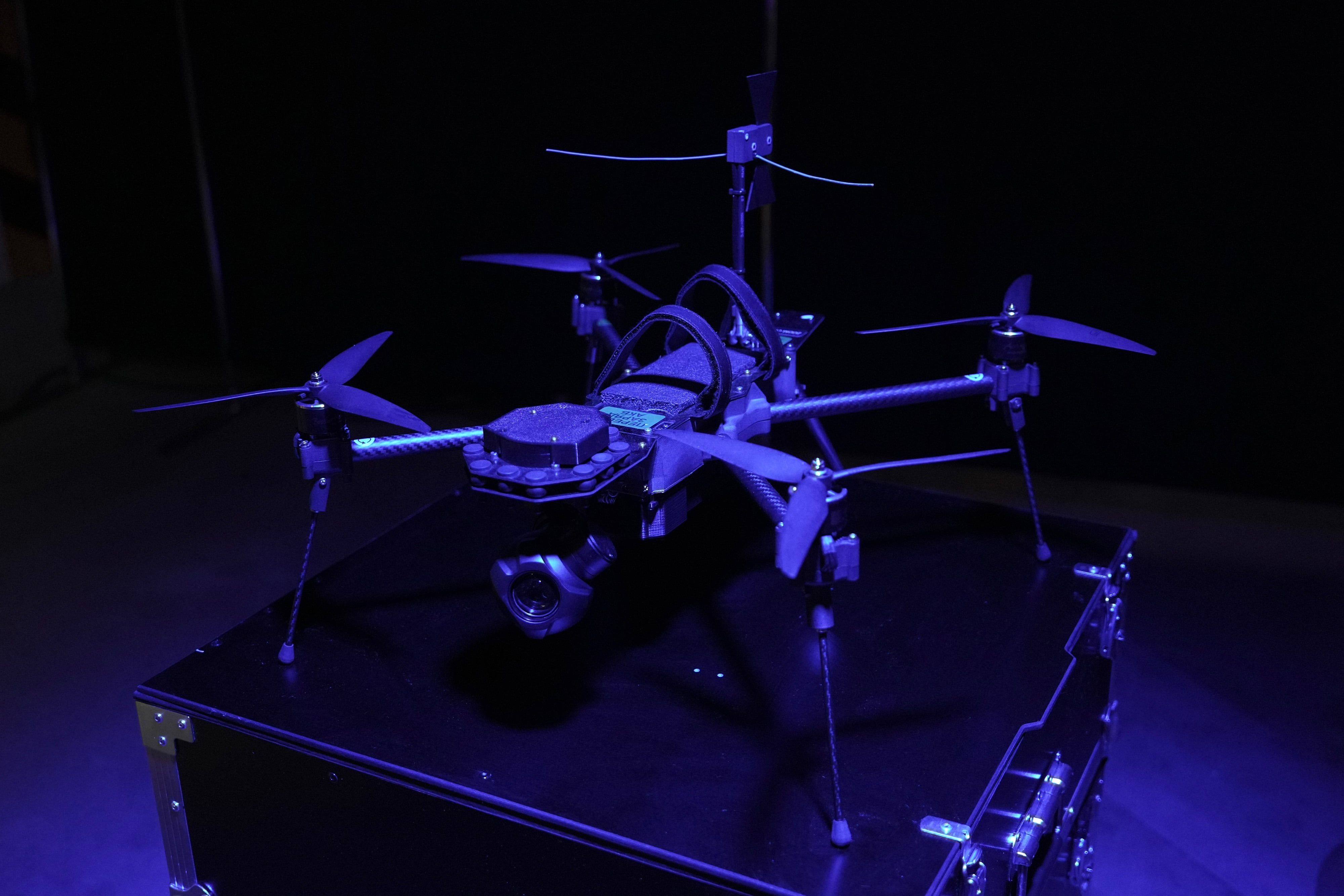What if the U.S. Department of Defense had a computer model so supremely detailed, it could reproduce exactly the operations of a complex military system? If the Pentagon ran the alongside real-world applications, leaders would know when systems were working properly, and when they were going awry.
Navy leaders say this notion of a “digital twin” is not just an interesting hypothesis, it’s an urgent imperative.
“The digital twin concept is critical,” Donald McCormack, executive director for the Naval Surface Warfare Center, said in recent Navy documents. “To pace the threat, we must have an agile testing methodology, which allows for the complexities presented by new automation and technologies. We need to understand how we test in the future with artificial intelligence.”
Military planners and technology leaders on the industry side agree that with the rise of big data, and the ready availability of massive compute power, digital twins could dramatically improve maintenance regimens and lead to more efficient introduction of new and emerging systems.
As the name suggests, a digital twin is a computer-based model of a mechanical or electrical system.
“You take a machine and make a computerized replica of that machine,” said Kelly Jones, a systems engineer at Cisco, which has been collaborating with the Navy on the development of such systems. “For the Navy it solves a lot of critical issues.”
Those issues primarily have to do with maintenance and, by extension, readiness.
Military leaders struggle to keep their legacy systems in working order. A recent report from the Navy for found that fewer than half the Navy’s 546 Super Hornets are mission capable. Digital twins could help, advocates say, by paring back routine maintenance in favor of as-needed repairs.
“Rather than saying a ship must come in at six months, you can maybe keep that ship out there longer, because you are working with known data as opposed to just guessing,” Jones said. “That gives us greater mission readiness and it gives us cost reduction. The less often you pull in a ship for maintenance, the less it costs.”
Digital twins also could help the Navy to rapidly prototype new systems, and to ensure those systems align with real-world needs.
“The idea is to take the lessons learned from working with digital models and use that information to improve designs of the future fleet,” said Dave Drazen, staff specialist to the Office of the Undersecretary of Defense for Research and Engineering. He spoke earlier this year at the Carderock Division of the Naval Surface Warfare Center.
Managing the data
For this vision to come to fruition, however, industry and military leadership will need to lean heavily on big data processing techniques and emerging artificial intelligence capabilities.
“It’s the organization, structuring, contextualization and analysis of data to produce actionable information and to help us make decisions,” said Trisha Shields, lead of the aviation data analytics projects for Carderock’s Sea-Based Aviation and Aeromechanics Branch. She spoke at an earlier Naval Surface Warfare Center event. “Right now, we are at a point where the generation of data is so easy and so cheap that it would be foolish of us not to take advantage of it.”
While engineers can deliver detailed digital models of complex systems, it’s the artificial intelligence that brings those models to life, allowing them to mimic the operation of real-world counterparts. “It needs the ability to think like a human, to know when something is not working right,” Jones said.
Digital twinning already happens in the cyber world, where virtual computing allows engineers to easily replicate entire computer networks. If a system is compromised, they need only access the master copy to replace the corrupt version with a pristine iteration.
For the military to implement a mechanical version of this – to model in exact detail a jet engine, for instance, and then make maintenance decisions based on that model – a new mindset may be required.
“The technical framework is there for it. Now we need to expand people’s imagination and expand their comfort zone,” Jones said. “If we’re talking about key pieces of aircraft structure, people are going to have some reservations about that. Right now, it’s about gaining trust in the technology.”








